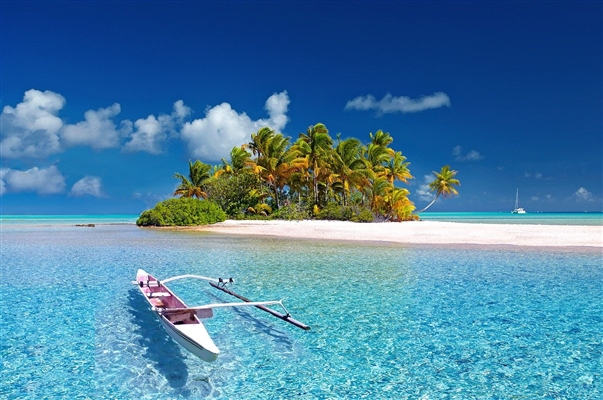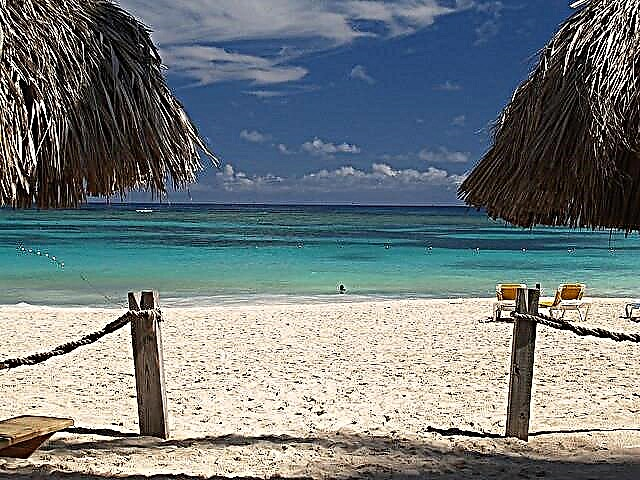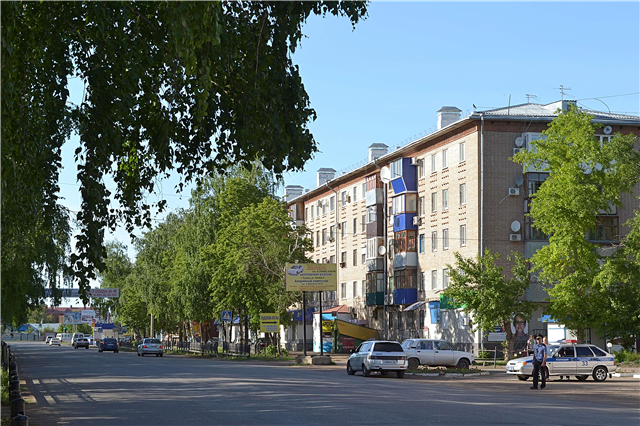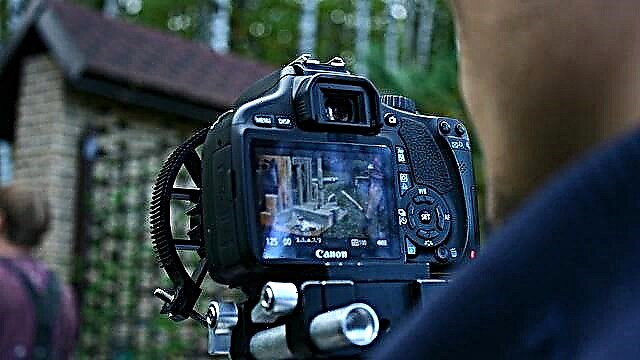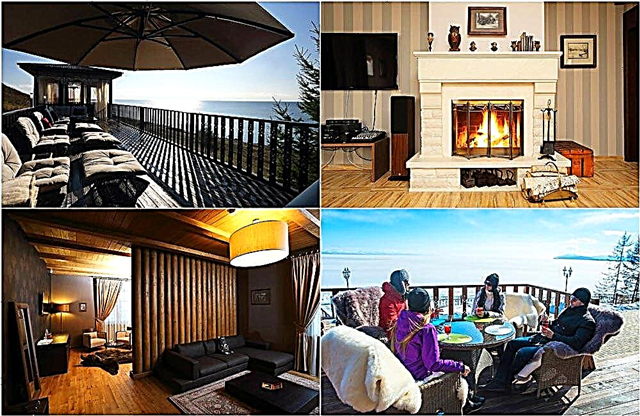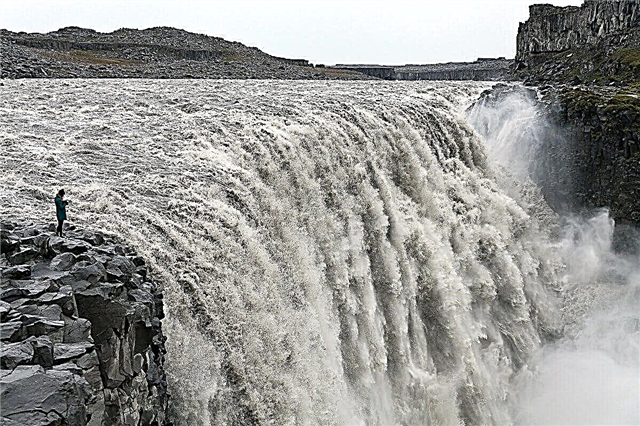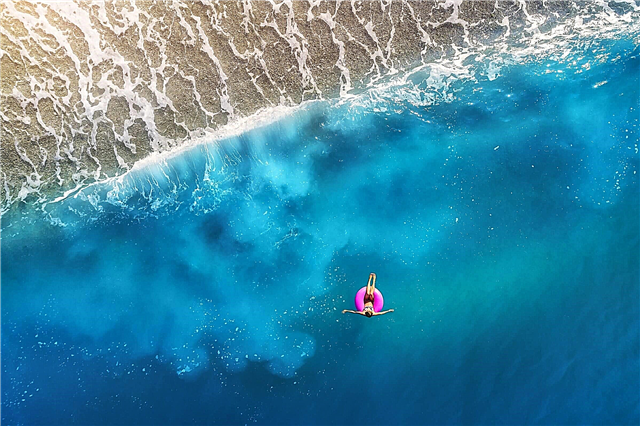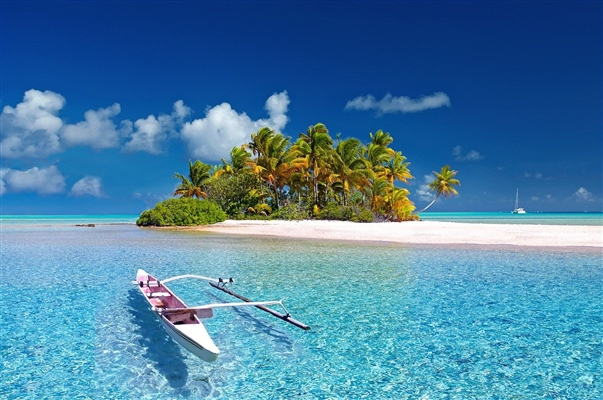Catalonia is a region of Spain that has experienced many military conflicts. Impenetrable fortresses and castles were erected to protect against invaders. The ancient castles of Catalonia attract tourists with their history. Some castles date back to the 9th century. Most of them are historical monuments and are under state protection.
Not all castles have survived to this day in good condition. Some of the castles were reconstructed, and only ruins remained. Ancient castles also attract tourists with their architecture. Most cities were often captured by warring parties. The new owners brought their own features to the architecture of the castle. Therefore, a feature of the medieval castles of Catalonia is the architecture that combines different styles.
Medieval fortresses and forts of Catalonia
List, photos with titles and a short description!
Cardona
Built in 886. The style of architecture is Romanesque. It is located on the top of a 600-meter hill in the city of the same name. Since 1949 it has been a historical monument, taken under state protection. During the restoration work, Gothic details were added to some buildings of the castle. The height of the main tower of the castle is 15 meters, it offers a panoramic view. For tourists, concerts of classical music are held in the castle.
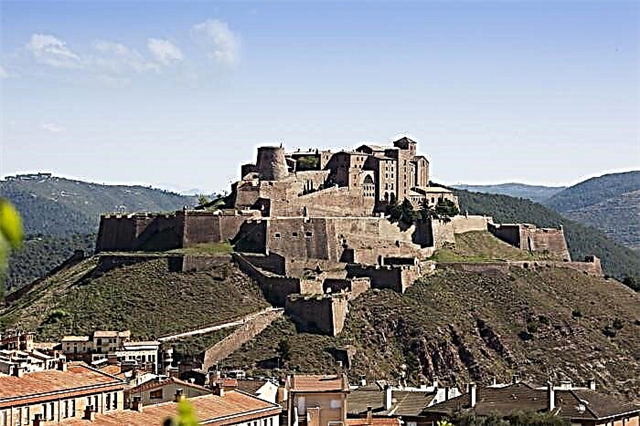
Pubol
A small castle built in the XI century. In a state of ruin and neglect, it was acquired by the Spanish painter Salvador Dali as a residence for Gala's wife. Dali himself supervised the restoration of the castle, the interior and decor. He designed the castle in his signature surreal style. Currently, excursions are held in the castle, exhibitions of things and household items of Dali and his wife are organized.

Tossa de Mar
Castle-fortress. Also known as Vila Vella, which means "old town". Built on a 60-meter cliff to protect against pirates in the 12th century. Consists of three towers - Sentry, Watchtower and Joan's Tower. A lighthouse was installed in 1917 instead of the fourth tower. One of the towers houses a museum with works by Marc Chagall and Claude Monet, a 4th century mosaic. Cannons have been preserved in the fortress since the time of pirate attacks.

Perelada
It was first mentioned in the 9th century. In 1285 it was practically destroyed during the war with France. Restored in the XIV century. After restoration, it became larger. The facade has been renovated in the Renaissance style. The castle houses a unique library. Its fund includes about 200 scrolls, 83,000 books, 700 rare editions and about 5,000 volumes of works by Cervantes. On the territory of the castle there is a museum of local winemaking.

Waltorder
A building stylized as a real fortress. Built on the site of the completely destroyed medieval castle Valtorder. The castle is popular with lovers of the Middle Ages. The only castle in Catalonia, which hosts knightly tournaments in the spirit of ancient times. Theatrical performance completely immerses you in the atmosphere of the Middle Ages. The large ceremonial hall of the castle can accommodate 2,000 guests.
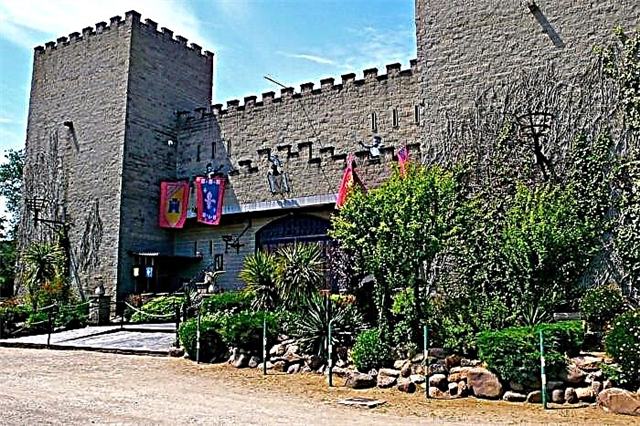
Castle of the Three Dragons
The castle was erected in Barcelona in 1885 in a modernist style. The building was designed by the famous architect Luis Domenech y Montaner and the famous sculptor Josep Limona. The main building materials were brick and sheet metal. The uniqueness of the castle is given by ceramic white panels on the facade with blue drawings of animals, plants and people. Now the castle houses the Zoological Museum of Catalonia.

Besalu
Castle town with an area of 5 km². It is a national monument of Catalonia. It is called an open-air museum because of the large number of historical buildings in it. The main attractions are the Church of San Vicente de Besalu, the monastery of St. Peter. The fortress gate on the bridge was filmed in an episode of the popular film "Perfume". Besalu hosts an annual festival of historical reenactments.

San Juan in Blanes
One of the oldest buildings on the coast. It has been located on a 173 meter high cliff since the 13th century. Built on the ruins of the defensive fortresses of the ancient Romans. In the 16th century, a Watchtower was added to it. The castle is partially destroyed, but the tower has been preserved almost in its original state. Now there is an observation deck with a panoramic view. On the territory of the castle there is a church with the same name San Juan.

Bellesguard Tower
One of the little-known creations of the great architect Antoni Gaudi. It was built in a neo-Gothic and Art Nouveau style, uncharacteristic for a master. As conceived by the architect, every detail is a symbol reminiscent of the great past of Catalonia. For example, the images on the mosaics symbolize the maritime power of Catalonia. The light composition created by Gaudí is considered to be unique. The appearance of the building changes depending on the time of day and the direction of the sun's rays.

Mongri
Unfinished castle. The construction of the castle began in 1294. The walls were erected in the oriental style in the form of a square with four towers at the corners. The courtyard is paved with paving stones. There are no highways to the castle. You can climb to the top of the hill along a winding mountain path. Therefore, the number of tourists visiting this castle is small. The shape of the hill and its height allow you to explore the surroundings for tens of kilometers around.

Fortress of Saint Fernando
The largest fortress with bastions in Europe. The length of the perimeter of the walls is 3120 meters. Located next to the Dalí House Museum in Figueres. Construction began in 1753 and lasted 40 years. The construction of the fortress was strategically important for the defense of the borders of Spain from conflicts with France. Military engineers Pedro Martin Sermeno and Juan Martin Sermeno took part in the creation of the project.

Miravet
Medieval fortress, located at an altitude of 220 meters above sea level. A fortress in the style of the best examples of the military architecture of the Templars. Rebuilt from an Arab castle. It was built as a defensive structure. The walls are 25 meters high and have no holes. The entrance to the fortress is a narrow corridor attached to the main wall. This made it pointless to use a ram to attack the fortress.

Montsonis
Built in 1607 to protect against Muslim attacks. It existed as a defensive structure for 125 years. The windows and loopholes of the castle are made in the Renaissance style. In the 16th century it was converted into a residence for high society families. The damage received during the wars was restored. The first private castle opened to tourists by the owners.
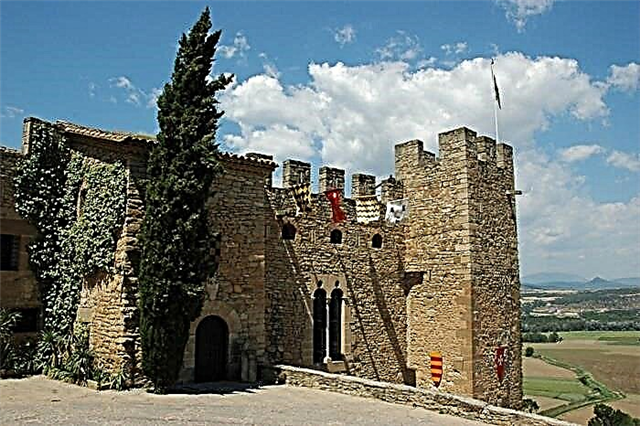
Calafell
Castle complex. Included in the UNESCO list of architecture values. The complex includes the Church of Santa Creu. The oldest part of the castle dates back to the 11th century. In the XII-XIV centuries, the castle was fortified with battlements. You can see unique medieval embrasures in them. After the destruction of the fortress, a necropolis was formed in its place. After the decision was made to restore the castle, the necropolis was moved to another part of the city.

Tortosa
The second name of the castle is Souda. The ancient castle walls were erected in the city during the time of the first settlers - the Romans. Was the royal residence of various rulers. The style of architecture is Catalan Gothic. In the XIV century, new premises and defensive structures were added to the castle. In 1972, a unique 10th century chest cover with quotes from the Koran was found in the castle. The quotes are written in ancient Arabic Kufic handwriting.

Montjuic
Fortress on the mountain of the same name. Located within the city of Barcelona. The fortress took on its modern appearance at the end of the 18th century. Previously, there was a watchtower on this site. As a result of the battles, the fortress was conquered by the French and the British several times, but was recaptured. In 1963, a military museum was founded in the fortress and opened access for tourists. They are also attracted by the panoramic view.Barcelona, the port and the sea are clearly visible from the walls of the fortress.

Vilafortuna
The first documentary mention of the castle dates back to 1162. It was built on a hill in the Iberian settlement of Cossetans in the Renaissance style. The most interesting to see are the inner courtyard with the chapel, the defensive tower and the interior inside the castle. Formerly the center of the municipality of Vilafortuna. Currently, it hosts various celebrations and events, as well as wedding ceremonies.

Castle of Saint Florentina
Private property. Included in the 1998 ranking of the most beautiful residential buildings in the world. Built in the XIV century. At the end of the 19th century, it was reconstructed by the modernist architect Luis Domenech y Montaner. The windows have stained-glass windows with religious themes, floors are covered with marble slabs and mosaics, and wooden coffered ceilings are painted. After reconstruction, it combines the styles of modernism, neo-gothic and medieval motives.

Castelldefels
An ancient defensive castle complex. Date of construction - 997. Reconstructed in 1897. The castle of pink sandstone has been completed. It attracts tourists with graceful observation towers on its walls. On the territory of the castle there is an ancient church of St. Mary, open to tourists. After reconstruction, elements of 19th century modernism were added to the medieval castle. The municipality has established Garraf Park around the castle.

Besora
Defensive fortress. Historical monument. Built as a defensive fortification of Christian territory on the border with France at the end of the 9th century. It was part of the defensive complex along with the castles of Saderra and Montesquieu. Currently, the buildings of the fortress are equipped for living quarters. Cultural events, festivals and excursions are organized.

Rekesens
Built in the XI century on the site of a small castle of the knight Oriol. During the period of wars and sieges, it changed owners many times. At the end of the 19th century, it was reconstructed in the neo-gothic style. There is a triple line of fortress walls around the castle. Located in the forests of the Pyrenees Mountains. The trail to the castle leads past dolmens built around 4000 BC. There is no electric lighting in it. According to tourists, this gives the castle a mystical flavor.

Farnes
Made in Romanesque style. The main building of the castle is a fortress tower with battlements at the top. It is surrounded by a wall with loopholes. The castle was built by Count Farnes - one of the ardent liberators of Spain from Muslims. The castle has survived several bloody battles. He successfully defended the approaches to Barcelona. The living quarters are almost completely destroyed. Currently, the castle is undergoing a complete reconstruction of the defensive structures.

Pratdeep
Built in the XII century. At the beginning of the XIII century, it was completely plundered. During the hostilities between Spain and France, it was practically destroyed again. One of the towers, fragments of several fortress walls and a portal arch have survived from the original castle building. Tourists are attracted by the old mill on the territory of the castle. According to legend, the French hid their treasures in it during the civil wars.

Morella
The castle is located in the valley of the Ebru River. Built by the Arabs at the intersection of the routes to Catalonia, Aragon and Vasencia. It was the center of a large city. The towers of the fortress wall around the city now house museums, for example, the museum of paleontology. As a result of destruction and fires during the last battle in the castle, only a part of the three tiers of walls remained. Currently, the castle belongs to the monastery. There are guided tours.

Sant marty
The construction of the castle began with a watchtower in 966. Several centuries later, the composition of the castle was completed by the addition of a church and a tower in the Romanesque style. It was the residence of the wife of King Peter III of Spain. The castle withstood the hostilities of the 18th century, but was destroyed during the First World War. In the twentieth century, it was reconstructed by the architect Joseph Putsch. After restoration, it is a popular destination for tourist excursions.


